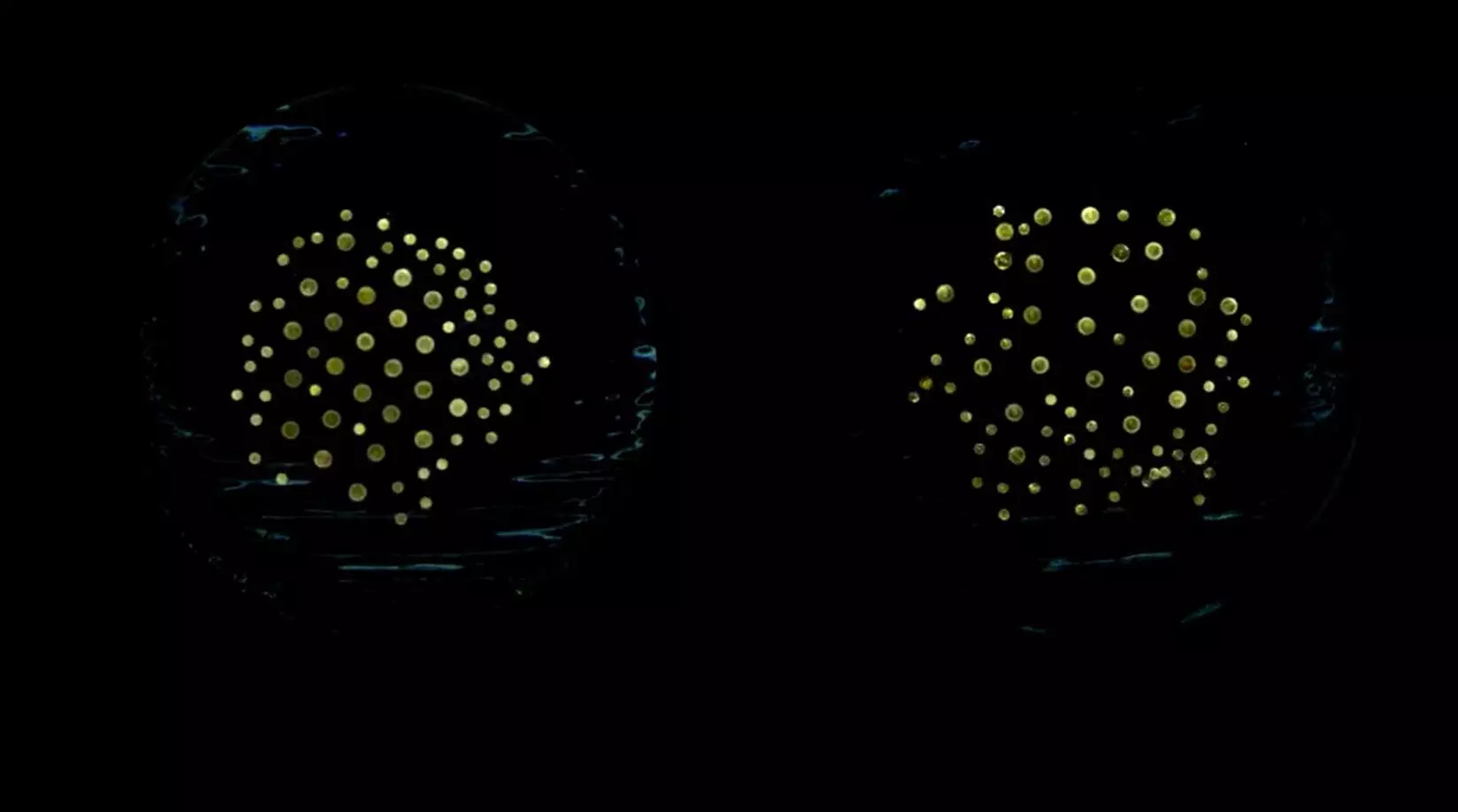Researchers at Cornell University and the Max Planck Institute for Intelligent Systems have developed a new technique to expand the collective behaviour of swarming microrobots. The technique involves mixing different sizes of robots, which enables them to self-organise into diverse patterns that can be manipulated when a magnetic field is applied. The approach could lead to new ways of delivering targeted drug release using microrobots.
Methods
The robots used in the research are 3D-printed polymer discs that are coated with a thin layer of ferromagnetic material and set in a pool of water. The researchers applied two orthogonal external oscillating magnetic fields and adjusted their amplitude and frequency, causing each robot to spin on its centre axis and generate its own flows. This movement in turn produced a series of magnetic, hydrodynamic and capillary forces.
Results
By using robots of varying size, the researchers demonstrated they could control the swarm’s level of self-organisation and how the robots assembled, dispersed and moved. The researchers were able to: change the overall shape of the swarm from circular to elliptical; force similarly sized robots to cluster together into subgroups; and adjust the spacing between individual robots so that the swarm could collectively capture and expel external objects.
Applications
The technique could help inform how future microrobots could perform targeted drug release in which batches of microrobots transport and release a pharmaceutical product in the human body. The researchers are excited about the possibility of using robots to “cage” and transport medicine to the right point in the human body before releasing it. While the robots lack computation, the researchers see parallels between their behaviours and those of more sophisticated robots.
Lead author Steven Ceron said the team’s approach could be the first of many studies in which heterogeneity in microrobots’ morphology is exploited to elicit more complex collective behaviours. The team hopes to use the swarmalator model to predict new and previously unseen swarming behaviours.


Leave a Reply